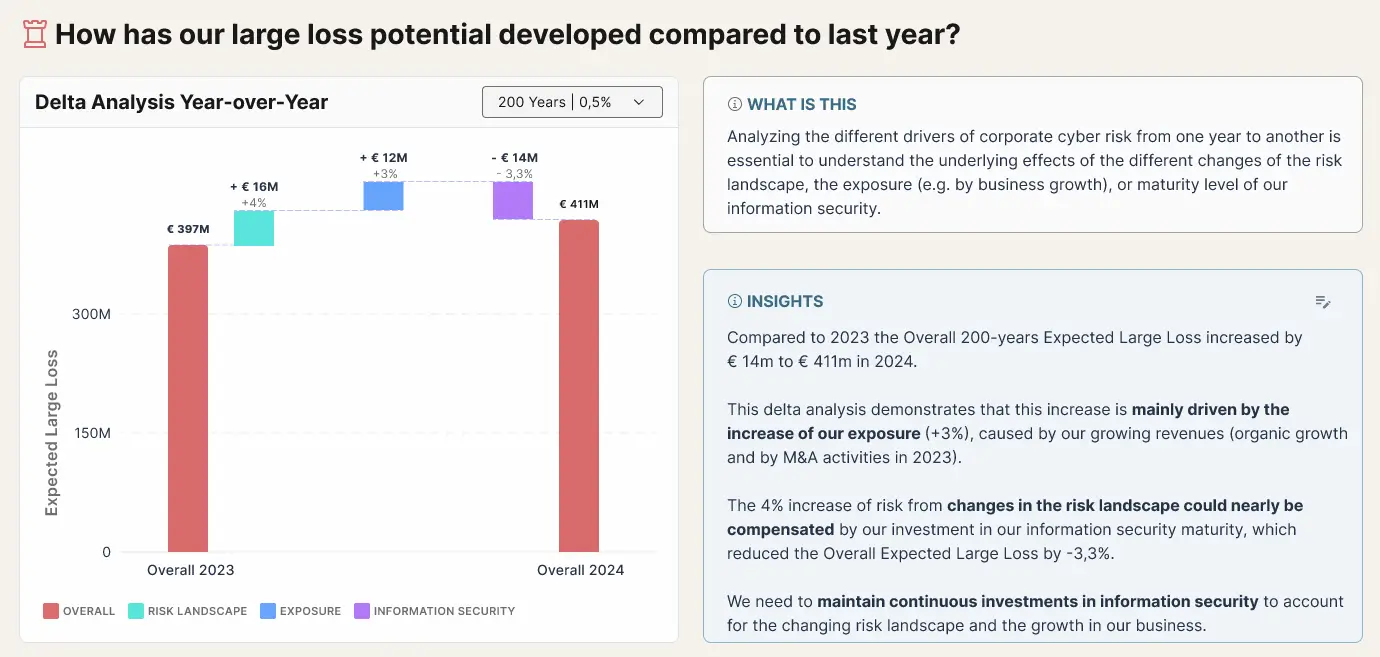Over the last five years, the discussion of cyber risk in the board room has evolved from a topic begrudgingly given time to one recognised as a core part of a firm’s business strategy. Half of CISOs now engage with the board at least quarterly, and three quarters at least annually [IANS/Artico 2025]. The challenge for CISOs in the boardroom therefore, has shifted from getting an invite to landing a message and being seen as a valuable contributor.

This is not due to a lack of interest on the board's part, but rather a set of common structural and communication challenges that stand in the way.
Whether you are a CISO that has already built a relationship with your board, or one that is still on that journey, addressing the following challenges is essential if cybersecurity is to be fully integrated into corporate governance and strategy.
Understanding the role of the board
The first hurdle for cybersecurity professionals is developing a clear understanding of the board’s role. Directors are strategic overseers, responsible for safeguarding the long-term interests of the company. Their primary focus lies in driving revenue growth, increasing profitability, while at the same time ensuring enterprise resilience. (Source Diligent What Directors Think Survey 2025)

That is to say, while the board recognises cyber security is important they must balance this topic against everything else happening in and around the firm.
For CISOs, this requires shifting from a tactical or operational mindset, that is one centered on threat analysis and technical problems, to a strategic one, where cyber risks are assessed in terms of business impact, financial costs, efficiencies and opportunities, and competitive advantage.
To communicate effectively, cybersecurity leaders must tie their insights to the broader business objectives that matter to the board. Rather than dwelling on technical deepdives, lists of vulnerabilities, or numbers of phishing emails, they should highlight how cyber activities enable product innovation and faster time to market, ease customer journeys and protect customer trust, or unlock new markets.
So, how can a CISO better understand those broader business objectives?
How to make your board reporting relevant
CISOs must take the time to understand how the company generates revenue, what its current priorities are, and how this influences the security strategy. Whether it’s a new product launch, an M&A deal, or expansion into new markets, each of these strategic topics will be of interest to the board and useful touchpoints for highlighting the relevance of security.
Regular engagement and relationship building with other executive stakeholders outside of IT is essential to gain this cross-functional perspective, and also helps build allies who can support security messaging.
For example, the Chief Revenue Officer could explain how customers and sales leads ask detailed security questions during a sales process, and efficient responses here can speed up sales. A different perspective when asking to improve compliance responses.
When cybersecurity reporting aligns with the board's concerns and frames cyber posture as a key enabler (or threat) to business performance, it becomes significantly more impactful.
Making a message land in a short time
Time scarcity presents a third, practical challenge. Board meetings operate under tight agendas and cover a wide array of topics, often leaving cybersecurity with just a few minutes. This brevity demands clarity and precision.
Cybersecurity leaders must distill their message into high-impact insights and resist the temptation to overexplain.
Many board members are open to briefings and conversations outside of formal meetings, where topics can be explored in greater detail. Building a relationship with board members, being available to answer questions about cyber topics in the news, or participation in other activities such as risk or audit committees, can help provide the necessary depth without overwhelming the main board meeting itself.
Ensuring your message is understood
Finally, there is the issue of technical literacy. Only around half of boards have a member with technology or cyber expertise, and cyber and data security is the topic consistently rated as most challenging to oversee.
This can lead to misinterpretation or underestimation of certain risks. However, it would be a mistake to view this as a barrier. While not technology experts, risk management expertise is often well represented in the board room. CISOs should avoid technical jargon and instead focus on analogies and examples that translate threats into business scenarios.
Over time, this will not only improve the board’s understanding of cyber risk, but also enhance its confidence in the CISO as a strategic advisor.
In sum, successful board engagement requires more than subject matter expertise. It demands adaptability, empathy, and a deep appreciation of the governance context. Cybersecurity professionals who embrace these communication challenges will not only elevate their own influence, but also help shape a more resilient and forward-looking organization.
How Squalify can help
Squalify’s cyber risk quantification platform is designed to be easy for analysts to use, and intuitive for presenting insights to a board level audience. We focus on strategic metrics, quantifying cyber risk in financial terms, and reporting cyber risk in terms of business impact scenarios, rather than deeply technical KPIs.
Our unique top-down cyber risk quantification methodology focuses on easy to obtain information, and our model is trained on historic cyber loss data, meaning that analysts spend less time estimating threat event frequencies.

For further details on how Squalify translates cyber risk into business impact, check out this blog post.





